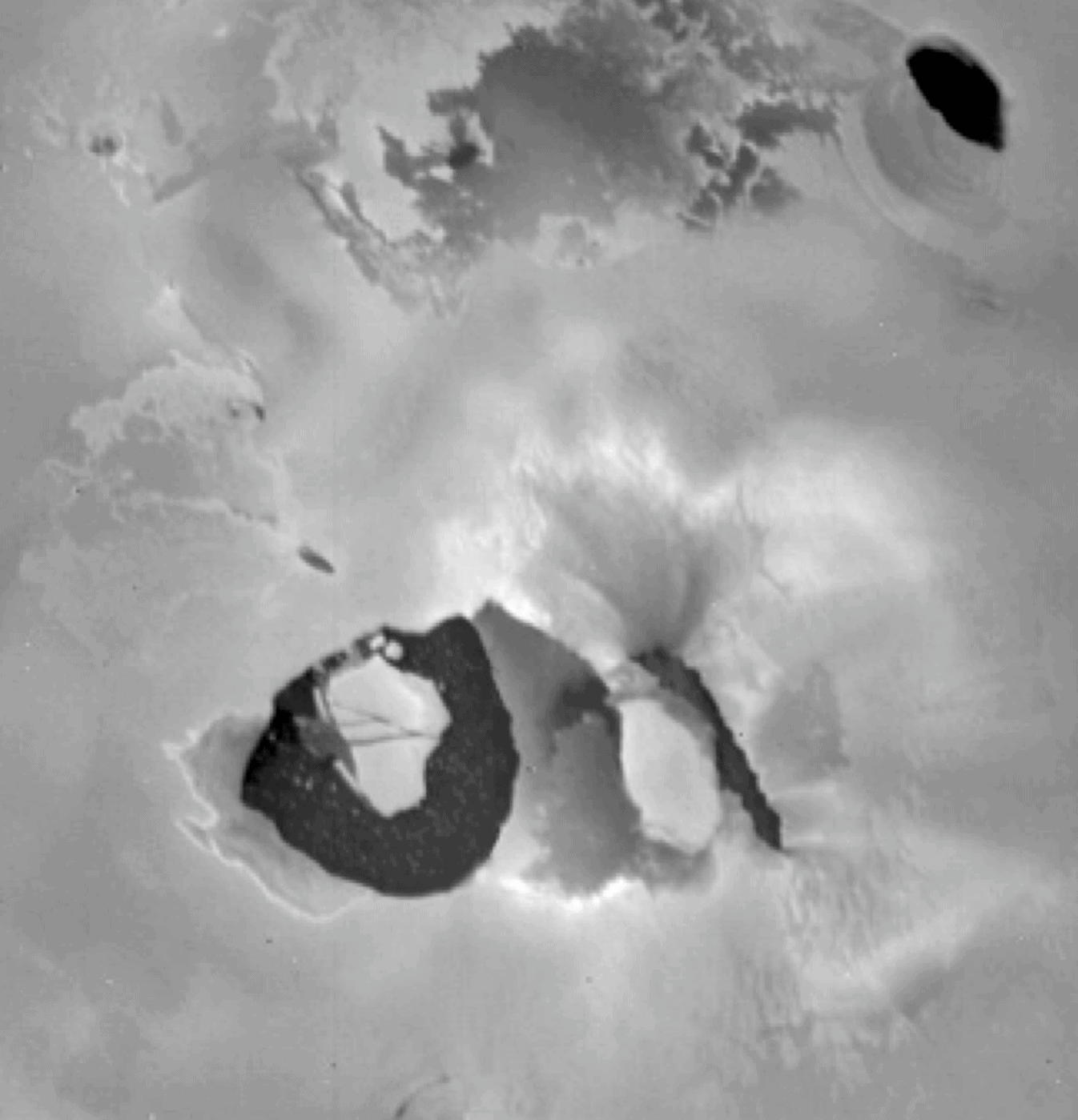While volcanic eruptions are next to impossible to predict, researchers have found a volcano that blows up on a relatively regular schedule — on Io, one of Jupiter’s largest moons.

Image credits NASA/JPL.
Christened Loki, the volcano on Io is expected to erupt in mid-September, according to a poster by Planetary Science Institute Senior Scientist Julie Rathbun presented today at the EPSC-DPS Joint Meeting 2019 in Geneva.
Spacecanoes
“Loki is the largest and most powerful volcano on Io, so bright in the infrared that we can detect it using telescopes on the Earth,” Rathbun said.
Based on over 20 years’ worth of observations, Loki undergoes periodic brightenings as it erupts — and these brightenings follow a relatively regular schedule. One of Rathbun’s previous studies showed that this schedule was roughly once every 540 days during the 1990s; currently, it appears to be once every 475 days.
“If this behavior remains the same, Loki should erupt in September 2019, around the same time as the EPSC-DPS Joint Meeting 2019. We correctly predicted that the last eruption would occur in May of 2018,” said Rathbun.
Volcanic eruptions are difficult to predict because many different factors have to come together for them to take place. The rate of magma upwelling, its chemical composition, the presence of gas bubbles in said magma, what type of rock the volcano sits on top of, as well as how fractured or massive that rock is, all have an impact on when a volcano erupts.
What Rathbun thinks sets Loki apart is its sheer size. Because it’s so large, the effects of these individual factors, overall, are secondary to those of “basic physics” — which are much more easily-predictable.
“However, you have to be careful because Loki is named after a trickster god and the volcano has not been known to behave itself. In the early 2000s, once the 540 day pattern was detected, Loki’s behavior changed and did not exhibit periodic behavior again until about 2013,” she explains.
The paper “Io’s Loki volcano: An explanation of its tricky behavior and prediction for the next eruption” has been presented today, 17 September, at the EPSC-DPS Joint Meeting 2019 and can be read on the Meeting’s journal here.









